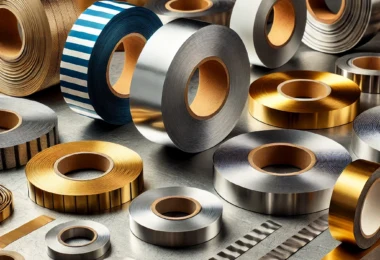In the ever-evolving landscape of solar energy, two key technologies, PERC (Passivated Emitter and Rear Cell) and TOPcon (Tunnel Oxide Passivated Contact), have emerged as frontrunners in the photovoltaic industry. These technologies represent significant advancements in solar cell design and manufacturing processes, each offering unique benefits and capabilities. Understanding the differences between PERC and TOPcon is essential for discerning the optimal choice for various applications and driving further innovation in renewable energy.
Technical Distinctions:
At the core of PERC technology lies the modification of traditional crystalline silicon solar cells by introducing an oxide film on the cell’s rear surface. This alteration enhances light absorption and electron collection efficiency, thereby improving overall cell performance. On the other hand, TOPcon technology introduces a novel cell architecture featuring a thin tunnel oxide layer on the rear, which enhances electron collection efficiency and boosts cell performance.
Structural Variances:
The rear structures of PERC and Topcon Solar Cell showcase notable disparities. Conversely, TOPcon cells leverage a tunnel oxide layer with superior electronic transport properties, facilitating efficient electron collection and minimizing recombination losses.
Manufacturing Processes:
In terms of manufacturing, PERC cell fabrication involves relatively fewer changes compared to traditional crystalline silicon cells. The primary adjustment is the addition of an oxide layer to the rear, employing mature processing techniques. Conversely, TOPcon cell manufacturing is more complex due to the necessity of tunnel oxide layer preparation and optimization, demanding meticulous process control.
Performance and Efficiency:
The introduction of an oxide layer in PERC cells enhances light absorption and electron collection, leading to improved efficiency. Conversely, TOPcon cells boast even higher efficiency potential, thanks to their efficient electron collection facilitated by the tunnel oxide layer.
Future Prospects:
Both PERC and TOPcon technologies hold promise for advancing solar panel applications. While TOPcon offers higher efficiency potential and innovation, PERC benefits from its maturity and simpler manufacturing processes.
Conclusion:
In the pursuit of efficient solar energy utilization, PERC and TOPcon technologies play pivotal roles in driving the photovoltaic industry forward. With ongoing advancements and innovations, both technologies are poised to address the global demand for clean and sustainable energy solutions. As we navigate the challenges of energy security and environmental sustainability, the continued development of photovoltaic technologies remains paramount in shaping a brighter future for generations to come.













